

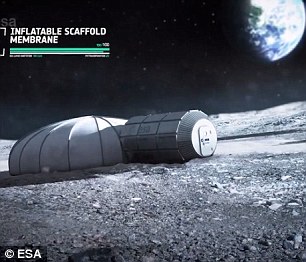
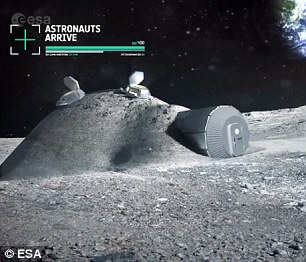
Ideal settlement locations would be at the poles, or in areas of constant daylight to escape the risks of solar and cosmic radiation, micrometeorites, and extreme temperatures. At the South Pole, in a region of continuous darkness, humans could access water to produce hydrogen and oxygen
The plan would start with smaller landing missions, which the expert notes many countries are already working on, and the establishment of a radio telescope on the far side of the moon, which would require larger investment.
While many nations – in particular the US – have their sights set on the journey to Mars, Woerner says a Moon Village is a closer reality.
‘I totally agree that this is right, humans will go to Mars one day,’ Woerner says in the video,’ but this is a little bit far away in the future.’
The ESA Director General says the Moon Village would join American, Russian, Chinese, Indian, and Japanese space agencies, along with smaller contributions from other countries.
The technology is an estimated 20 years from achieving this goal, but the expert says a moon settlement is a necessity and could be ‘the next giant leap for human kind.’
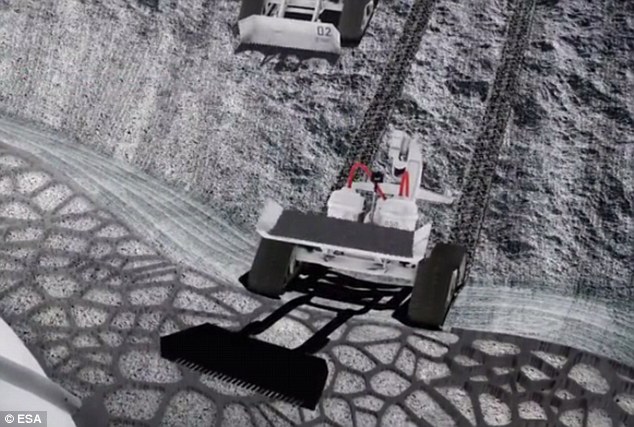
To turn the Moon Village into a possibility, the ESA Director General says collaboration would be necessary, with each nation contributing its own piece of expertise, be it robotic or human

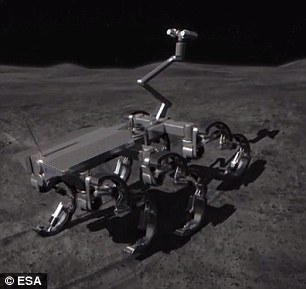
The Moon Village idea aims to be a versatile facility that opens the door for deeper space exploration, while also acting as a hub for business or mining. And, the expert says it could be used recreationally for tourists
 |
 Thai most beautiful transgender Nong Poy release new photos
Thai most beautiful transgender Nong Poy release new photos Now and then photos of Shanghai Jiaotong University
Now and then photos of Shanghai Jiaotong University Is this what air travel will look like in 2050?
Is this what air travel will look like in 2050?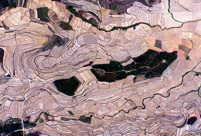 Aerial view of watermelon terraces in S China's Baise
Aerial view of watermelon terraces in S China's Baise Traditional wedding of a post-80s Tibetan couple
Traditional wedding of a post-80s Tibetan couple Models in cheongsams present classical oriental beauty
Models in cheongsams present classical oriental beauty Second commissioned C28A corvette made by China enters Algerian Navy
Second commissioned C28A corvette made by China enters Algerian Navy Intoxicating Wuyuan in spring
Intoxicating Wuyuan in spring Gold and silver wares of Qing Dynasty exhibited in Shenyang Imperial Palace
Gold and silver wares of Qing Dynasty exhibited in Shenyang Imperial Palace Top 20 hottest women in the world in 2014
Top 20 hottest women in the world in 2014 Top 10 hardest languages to learn
Top 10 hardest languages to learn 10 Chinese female stars with most beautiful faces
10 Chinese female stars with most beautiful faces China’s Top 10 Unique Bridges, Highways and Roads
China’s Top 10 Unique Bridges, Highways and Roads Foreign investors to gain more access to China: minister
Foreign investors to gain more access to China: minister After two-child policy, sperm banks struggle to collect enough donations
After two-child policy, sperm banks struggle to collect enough donations Textbook piracy crackdown unlikely to work, greater awareness needed: experts
Textbook piracy crackdown unlikely to work, greater awareness needed: experts Overseas forces feed on disappearance cases to hype their rhetoric
Overseas forces feed on disappearance cases to hype their rhetoricDay|Week